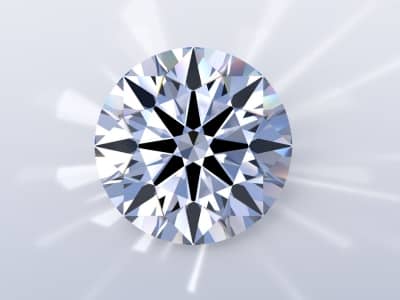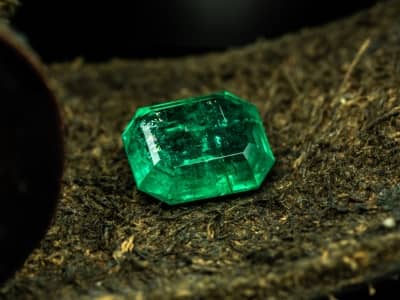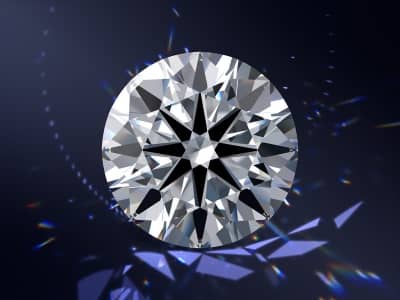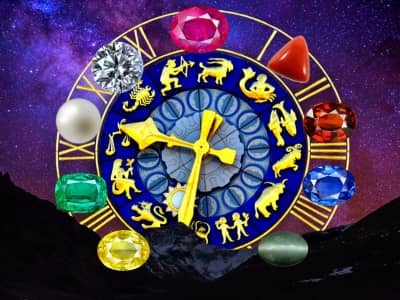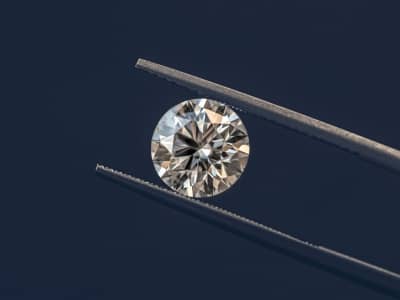Natural Diamonds
Round Shape
Princess Shape
Oval Shape
Heart Shape
Cushion Shape
Emerald Shape
Anatomy of a Diamond
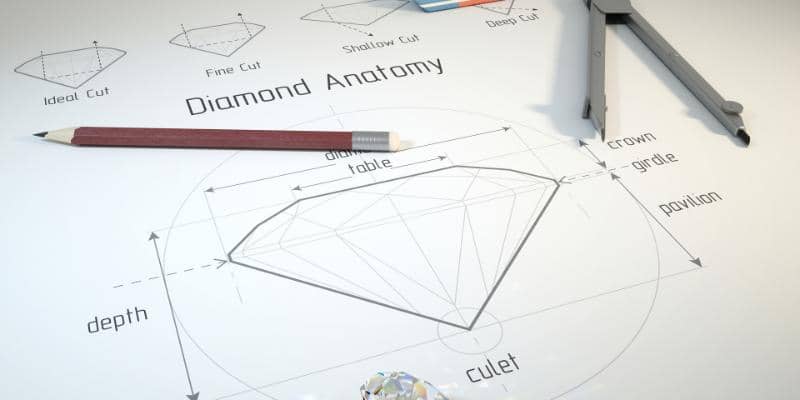
Every diamond, no matter its shape or size, shares a basic structure. However, each individual diamond will have its own distinct set of properties and proportions that defines its anatomy:
- The crown of a diamond is the upper portion of the stone, extending from the top edge of the girdle (the point where the crown and pavilion meet) to the table (the largest facet on the top of the diamond). The crown’s facets act as windows that allow light to enter the diamond and give it brightness.
- The culet is a small facet located at the bottom of a diamond and helps prevent chipping and wear on the diamond’s point. An optimally sized culet should not be visible to the naked eye, as a large culet that is visible allows light to escape from the bottom of the diamond rather than reflecting back through the top.
- The depth of a diamond, or its height, is measured from the table at the top to the culet at the bottom. The depth percentage, which affects how light reflects off the facets in the stone, is calculated by dividing the depth by the width. The ideal depth will vary depending on the shape of the diamond.
- The diameter of a diamond, which is another factor that can impact sparkle, is the width of the stone measured from edge to edge.
- The girdle is the point where the crown and pavilion (the underside of the diamond) meet. It should not be too thin, as this can increase the risk of chipping, or too thick, as it can make the diamond appear smaller. If a diamond has variations in girdle thickness, it is considered to have symmetry issues and a poor cut.
- The pavilion is the lower half or underside of the diamond. The facets on the pavilion and how they reflect light give the diamond its brilliance.
- The table is the large, flat facet that can be seen when looking at the diamond from above. As it is the largest facet on the diamond, it plays a key role in the stone’s overall brilliance.
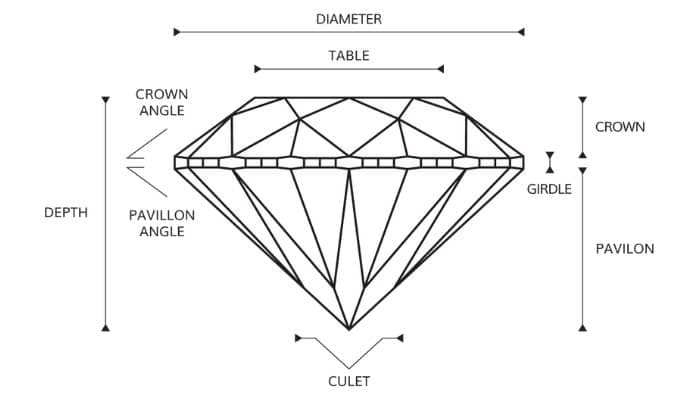
Diamond Education
Buying Loose Diamonds
How to Buy a Diamond

